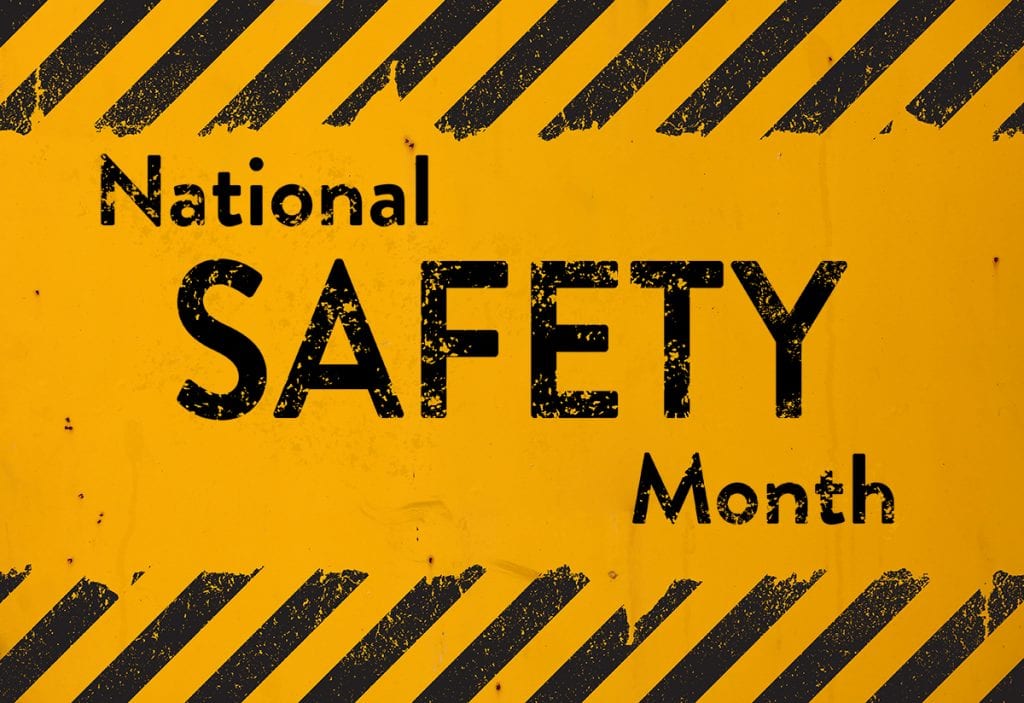OSHA was established in 1971, and requires all employers, regardless of the industry, to provide a safe work environment for their employees. In the case of an accident, OSHA is part of the investigation process, but they also reinforce preventive measures. Many employers believe that those are important only in a warehouse or production environment, but OSHA covers all workplace hazards.
Here are some of the requirements for employers:
- Employees must be informed when they are working with hazardous materials. If your business involves any sort of hazardous materials, such as chemicals or cleaners, your staff needs to be made aware of this information. They must also be given the proper tools and safety training to handle these items.
- Safety training must be provided for all workers. Speaking of safety training, this doesn’t apply only to the materials your team may come into contact with on the job. They must also be given training on what to do if there is a fire or an accident in the workplace as well as ways to prevent these from happening.
- Provide safety equipment as necessary. Your staff must also be given any important safety equipment that will reduce their risk of injury while on the job. These might be back braces to aid in lifting, safety glasses to prevent eye injuries or ear protection in loud environments. The specific equipment will be dependent on the type of work each employee is doing.
- Records of accidents, injuries or illnesses must be kept. Besides providing awareness, training and equipment, an employer is also required to ensure that there are clear records of any incidents on the job. OSHA needs to be notified within a short time, and investigations may be made. These files also need to be kept on hand to be compliant with OSHA requirements.









